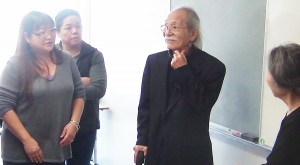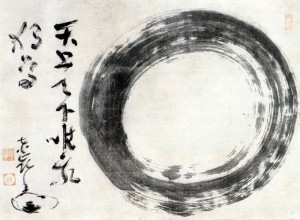 Question: How do you choose what technique to do to a person when you are attacked?
Answer: It basically comes down to the orientation of power administered by the attack.
Question: How do you choose what technique to do to a person when you are attacked?
Answer: It basically comes down to the orientation of power administered by the attack.
Huh? If a person is striking you or grabbing you, their power will be oriented in a certain way. Striking attacks are designed to deliver power at a precise angle and to a precise spot. For example if a person wants to knock you out using an uppercut punch, the torso is turned inward and the fist is turning while the back foot pivots and the upper body reaches up. In grabbing attacks, how a person grabs you is based on what they want to do to you. For instance if they want to pull you, many times the palm will be oriented upwards to engage the biceps and back musculature.
One has to know or understand not only how their opponent is attacking them but also how the person is utilizing their power in order to properly address any attack. When you know these two things, you can defeat most opponents.
Recognizing the attack and its power base needs to be done in a blink of an eye. Generally, most martial arts don't talk about these things because it is bad for the student to get caught "thinking." That is why almost all martial arts are kata based in which the student repeatedly practices a set of prescribed movements and becomes proficient at them without thinking. When it becomes "second nature" the practitioner unconsciously recognizes and meets similar attacks in a certain way. Without knowing it their minds and bodies learn the proper way to address specific attacks and thus can act within a split second the right way without thinking. The kata is how we learn it first with our bodies then later we come to understand it with our minds. If a picture is worth a thousand words, then the kata is how we understand a thousand things with just one movement.







![kung-hei-fat-choi[1]](http://static1.squarespace.com/static/5744da899f7266e1f35c57f4/58f6512e85c5bd14e6486cce/58f651db85c5bd14e6487c49/1492537819215/kung-hei-fat-choi1-300x198.png?format=original)


